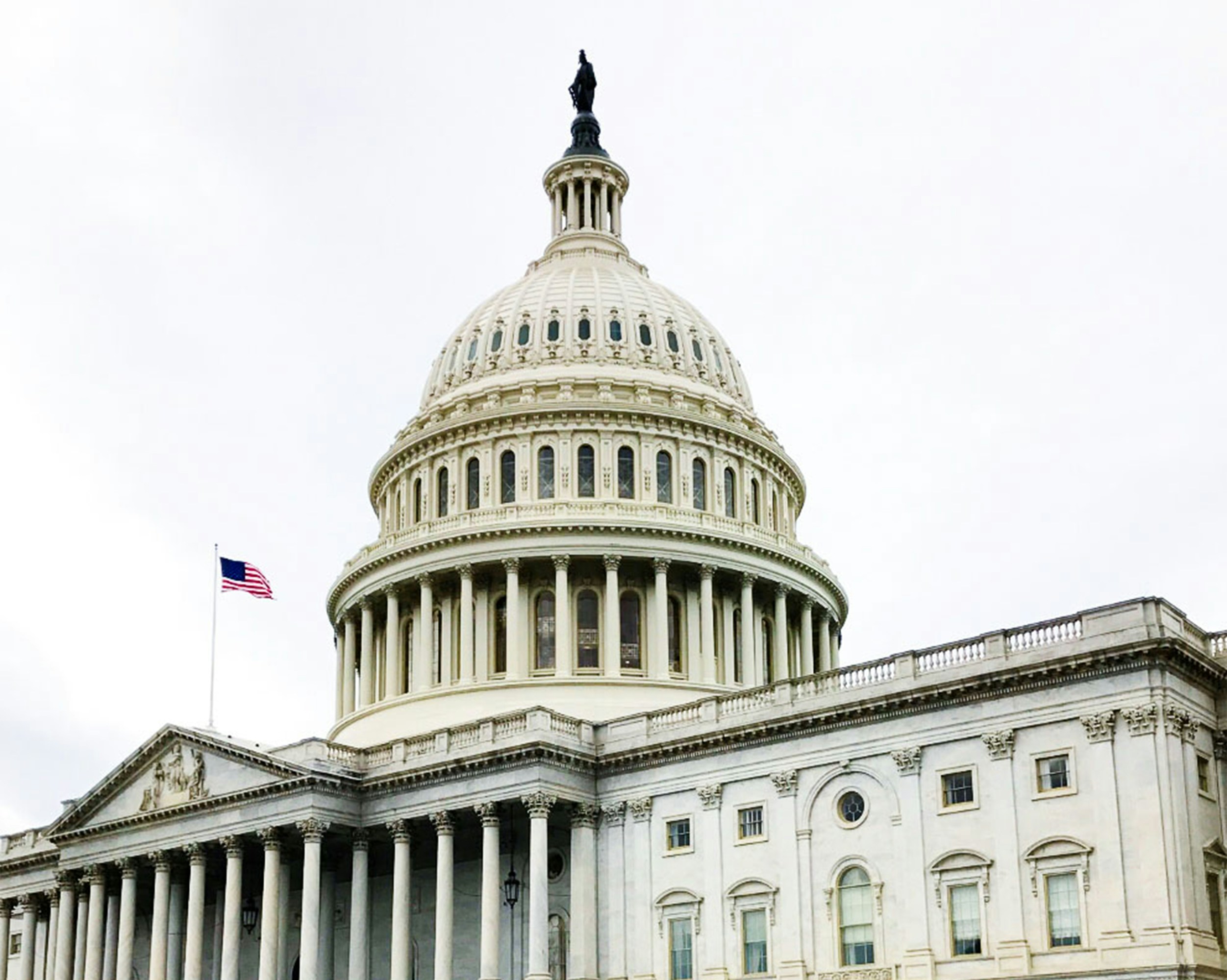
News
Ten Questions to Ask Before an Employee Termination
- Breaking News
A termination decision is a risk management event. The answers to the ten questions below should permit an employer to complete a rapid risk assessment of any proposed termination and adjust the decision or revisit the process before making a potentially costly mistake. In light of the Supreme Court’s holding in Muldrow v. City of St. Louis, a wide range of employment decisions may now be litigated.
- Is the termination consistent with the employer’s written policies, including its disciplinary policy?
- Does the documentation in the employee file support the reasons for the discipline or discharge?
- How have others subject to the same policy who have committed the same or similar infraction been treated?
- Was the employee told in advance that certain behavior may result in termination?
- Was the employee given an opportunity to explain his or her version of what occurred?
- Was the employee’s explanation of what occurred thoroughly investigated?
- Is the termination decision consistent with the performance appraisals in the employee’s file?
- Is the termination decision timely in relation to the incident or incidents justifying the decision?
- Has the employee been given the opportunity to correct the problem?
- Did the employee recently engage in a protected activity or enter a protected status? This includes activities like requesting FMLA, returning from FMLA, requesting accommodation or leave related to pregnancy or disability, complaining about unequal pay, asking questions about overtime/salary exempt status, being injured at work, or filing a Charge of Discrimination with the EEOC.
The advice here is focused on disciplinary and performance-related discharge decisions. I discussed considerations particular to reductions in force in a prior article, here.
If you have any questions or would like additional information, please contact Richard Lehr at 205-323-9260 or rlehr@lehrmiddlebrooks.com.





